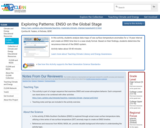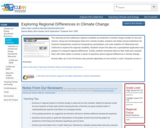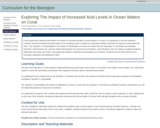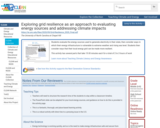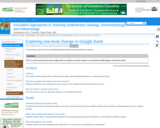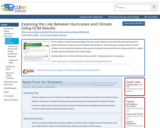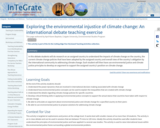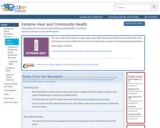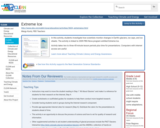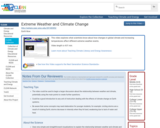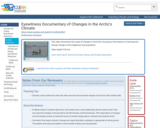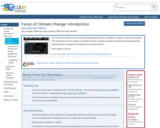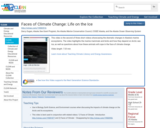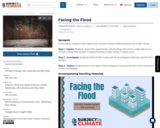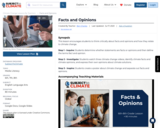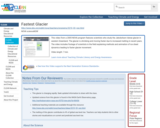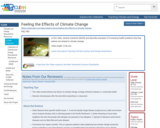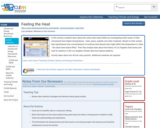SYNOPSIS: In this lesson, students learn about how climate change is affecting flood risk in New Jersey.
SCIENTIST NOTES: In this lesson, students will learn about the common causes of flooding, how towns and cities can mitigate the effects of flooding, and how climate change is partially impacting flooding. As a note, another way climate change will impact flooding is by increasing the rates of prolonged drought and heavy rainfall. The videos and articles included in this lesson are accurate. The final article touches a lot more on emotions and a teenager’s perspective but includes key facts with references on the side. This resource is recommended for teaching.
POSITIVES:
-This lesson creates a collaborative learning environment for students as they build model houses and test their flood mitigation tactics.
-Students will develop a strong connection to self and community through viewing the impact of increased flooding in New Jersey.
-This lesson allows for creativity, design, engineering, and free thinking.
ADDITIONAL PREREQUISITES:
-Prior to the lesson, the teacher must have:
-Cardboard
-Scissors
-Tape/glue
-Modeling clay
-Sand
-Cement
-Sponges
-Plastic wrap
-Plastic tubs
-Pitchers of water
-These materials can be recycled or donated. Possible substitutions include Play-Doh instead of modeling clay, buckets/cups instead of pitchers, tinfoil instead of plastic wrap, etc. Materials are not set in stone and can be substituted with similar materials as needed.
-You can explain more about the causes of sea level rise prior to the lesson. This video may be helpful to show before teaching this lesson.
DIFFERENTIATION:
-Groups of students with mixed abilities can collaborate on their section of the flood management article.
-Groups of students with mixed abilities can collaborate on their section of the flood management experiment.
-The flood management experiment could be done as a demonstration in front of the whole class if time, ability, or materials are limited. You can use different materials and flood the tub multiple times.
